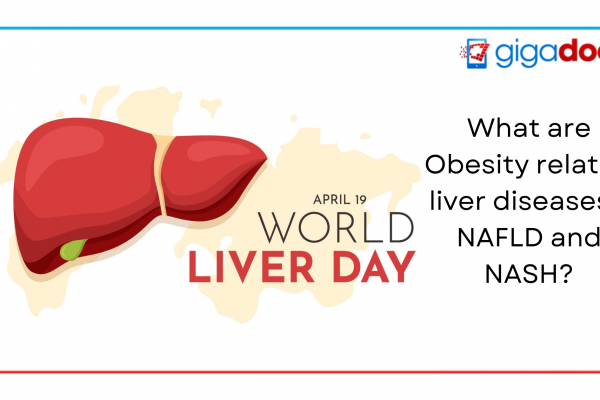On January 5, 2020, three years ago, the Chinese Center for Disease Control and Prevention declared the onslaught of the novel coronavirus. This coronavirus was the beginning of a pandemic of respiratory ailments. In just about a few days, the WHO announced Covid as a Public Health Emergency of International Concern on January 30. The rest, we say, is history.
Looking back, we realize that we have endured three years of excruciating suffering and paranoia. Ironically the pandemic doesn’t seem to be going away. Consider this, China, the host country of the pandemic, had a sharp increase in Covid-19 cases on December 7 last year (2022). Chinese citizens with minor or asymptomatic symptoms were confined at home, and the government began to ease out restrictions, soon electronic health cards were no longer required for public transportation, and lockdowns were lifted. In December 2022, this abrupt course change quickly infected millions of Chinese people. Numerous older adults passed away due to a surge in infections and an overburdened healthcare system.
Why are infections rising?
The question which makes us think is why is there a sudden surge in infections? The causes behind this are discussed in the paragraph above. What lessons should we as the most populous country learn? We say that vigilance is the need of the hour, there is an utmost need of maintaining vigilance, stress for the highest transparency in reporting the infections, and increase the instance of variant testing. This is necessary to avoid losing hope, letting our guard down, and believing that the issue is elsewhere. We say the pandemic has still not abated, and we race to drop off our guard.
As a preventive measure, stakeholders must maintain vigilance, promote the highest level of transparency in reporting cases, hospital admissions, and fatalities, and quicken collaborative surveillance of variant testing and vaccinations. This is necessary to avoid losing hope, letting our guard down, and believing that the issue is elsewhere, and it will not affect us. The bitter truth is- the pandemic is still ongoing.
How can we defend against seasonal flu and cholera?
Like COVID, influenza spreads via aerosol droplets, infecting through direct touch or contaminated surfaces in the respiratory pathway. We recommend you take measures, maintain hand and respiratory hygiene, and seek medical help if symptoms last more than two days. Read on to learn how to guard against the seasonal flu and, in the worst situations, a covid infection.
SARs-CoV-2 and influenza are contagious respiratory viruses that can harm your lungs and breathing. Body aches, pains, a runny nose, and scratchy throat are no longer merely flu symptoms. The Omicron infection has caused a significant alteration in COVID symptoms. The most prevalent COVID symptoms during the Delta wave included high fever, a persistent cough, and loss of taste and smell. However, the Omicron wave has brought to light symptoms that are considerably milder and resemble the flu or a regular cold. Discussions aside, COVID-19 can also lead to less common flu complications, including blood clots and multisystem inflammatory syndrome in children. Additionally, specialists think loss of taste and smell are exclusive to the covid infection.
Tomato Flu in India
The tomato flu virus is unrelated to SARS-CoV-2, despite having symptoms that resemble COVID-19.
A new virus known as tomato flu, or tomato fever, has evolved in India in the state of Kerala in children under the age of five when we are dealing with the potential emergence of a fourth wave of COVID-19. Taking lessons from the horrific COVID-19 pandemic, we need watchful eyes to stop further outbreaks of this rare viral infection. Let’s read about what tomato flu is and how it can affect a person’s health.
Tomato flu may not be a viral infection in children but rather a complication of dengue or chikungunya fever. The virus may also represent a novel strain of the viral hand, foot, and mouth disease, a prevalent infectious disease that primarily affects children and adults with impaired immune systems.
The Tomato Flu: Signs and Symptoms
The appearance of painful, red blisters that spread across the body and eventually grew to the size of tomatoes gave the illness its name. These blisters mimic the blisters of a monkeypox virus.
- Along with tomato flu, skin rashes that irritate the skin also develop.
- Additional signs and symptoms of dengue are similar to those of other viral illnesses, such as fatigue, nausea, vomiting, diarrhea, fever, dehydration, swelling of the joints, and body aches.
The antidote for tomato flu is similar to that for chikungunya and dengue because these illnesses are similar, including isolation, rest, plenty of fluids, and the use of hot water sponge wipes to relieve itching and rashes.
Tomato Flu: Risk Groups
- Since viral infections are widespread in children this age and propagation is most probable through close contact, children are more likely to be exposed to tomato flu.
- Young children can catch this virus by touching dirty surfaces, using diapers, and putting objects directly in their mouths.
- Given the similarity to hand, foot, and mouth illness, the transmission of tomato flu could have major repercussions by spreading to adults if the outbreak in children is not contained and stopped.
Tomato Flu: Prevention Strategies
Like other influenza strains, tomato flu is highly contagious. Therefore, complete isolation of confirmed or suspected patients and other preventative measures are required to stop the spread of the tomato flu.
The greatest prevention method is maintaining good hygiene, sanitizing the immediate area, and keeping the infected child from sharing toys, clothes, food, or other objects with other children who are not ill.
Tomato flu cannot yet be treated or prevented with antiviral medications or vaccinations. To better understand the need for prospective treatments, additional follow-up and monitoring are required. Download the Gigadocs app to schedule a consultation with the top infectious disease expert to learn more about tomato flu-
● IOS App – apple.co/2W2iG4V
● Android App – bit.ly/33AQoRC
To know more e-mail, at info@gigadocs.com




